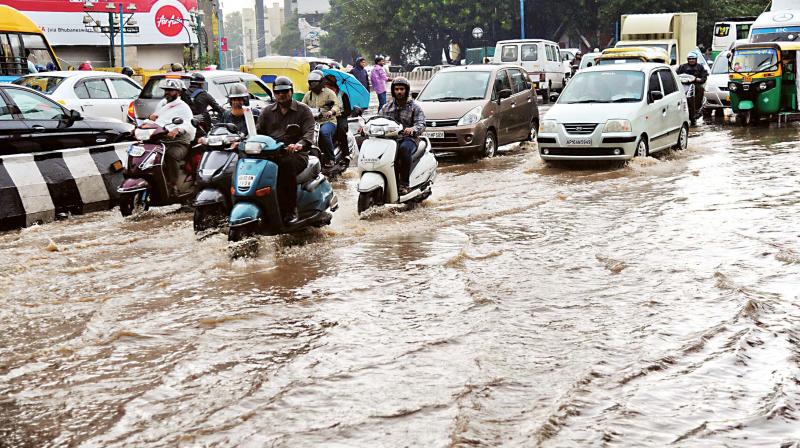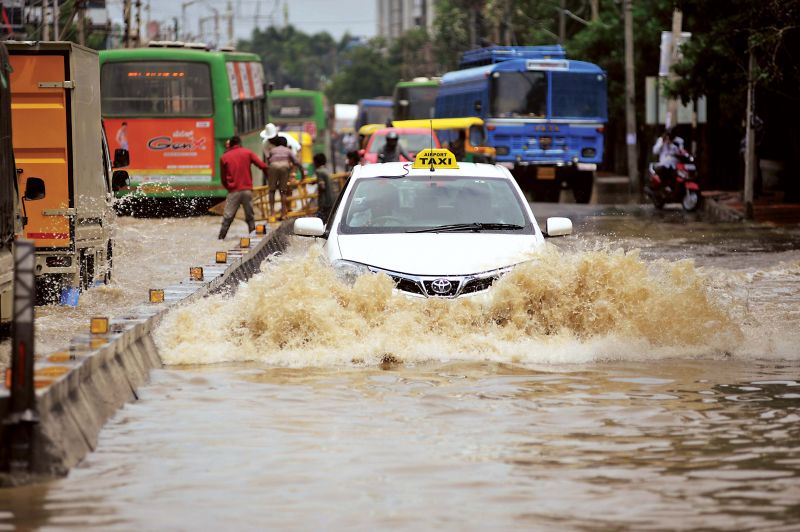By invitation: Let's take hard decisions, fix city's problems

Urban flooding, water logging is happening at increasing frequency driven by climate change pattern and a host of other reasons. The rains earlier this week was over 180 mm within an hour which will test the best of planned systems. For an unplanned, rapidly growing city like Bengaluru it spelt trouble for select low lying areas. The problem is compounded by blockage of natural drains, reduced capacity of drains / tanks due to silt and decreased percolation due to over 'concretisation'. The mixing of sewage in storm water drains adds a health dimension to the issue though I mentioned to a ST Bed based friend in jest that he ought not to complain since the city has been kind enough to send organic manure for his gardens! The inundation and overflow this week was immediate due to escalated inflow (loss of upstream tanks, low percolation, high run off rates, presence of sewage), low tank capacity and slower outflow (loss of rajakaluve with encroachments and reduced storm water drain capacity).
 Infographic
Infographic
So, what are the contours for the solution set to avoid or mitigate flooding? This will involve a mix of short term measures which are curative and long-term measures that are preventive. The design intervention in the short term must increase run off concentration time and increase percolation opportunity - this can be done by small wetlands, swales, appropriate redesign of rajakaluve (including removing encroachments) and redesign of roads, traffic islands to have some soft marshy spaces. The policy intervention must not allow STP plants tobe located near lakes while decentralised STPs and urban agriculture must be encouraged. Desilting and preventing sewage from entering storm water drain essential.
The design change for the long term, preventive measures must redesign / reclaim the network to ensure higher capacity for higher order streams. Relink the network based on new terrain profile and avoid alteration for road, rail networks. At a policy level, the sub water sheds must be strengthened as a single watershed rather than piecemeal measure at one tank or another in isolation. If we increase more permeable land, we will be better off in managing flooding situations. The government must put out GIS maps covering lakes, storm water drains and road networks.
We need to fix the problem while minimising demolitions and having zero tolerance for any future violations that impact water resilience. We need to respect nature's lines and realise that low lying areas will always be at greater risk. We will need government buy in for the solution set and citizens too need to do their bit if this issue is to be resolved.
There is no quick fix solution - it will be a struggle to get many elements coming together but who said life was easy. Our business as usual planning and implementation will fail us. One hopes we can act proactively to fix the issue rather than wait for a catastrophic crisis to act as a wake up call.

